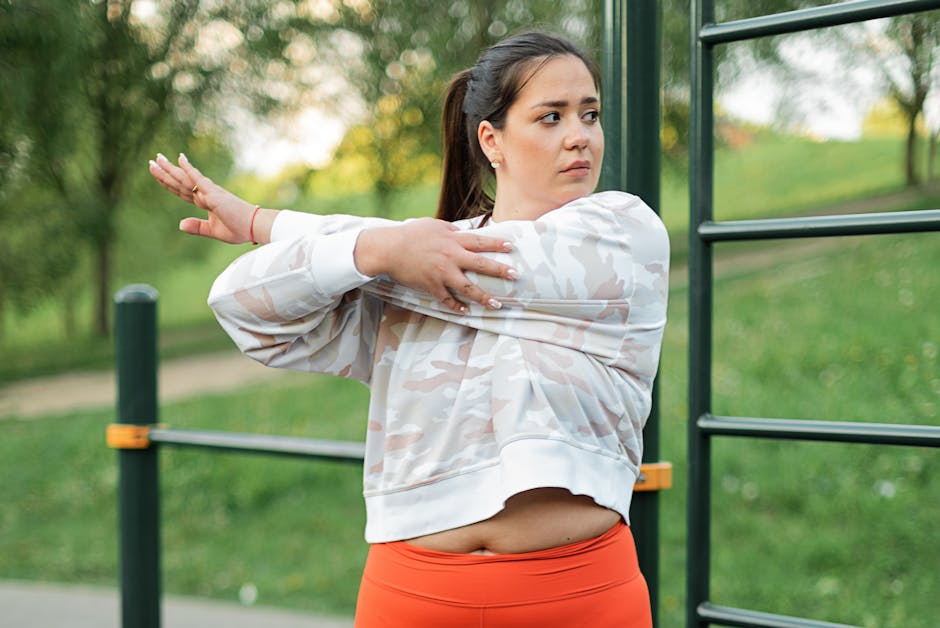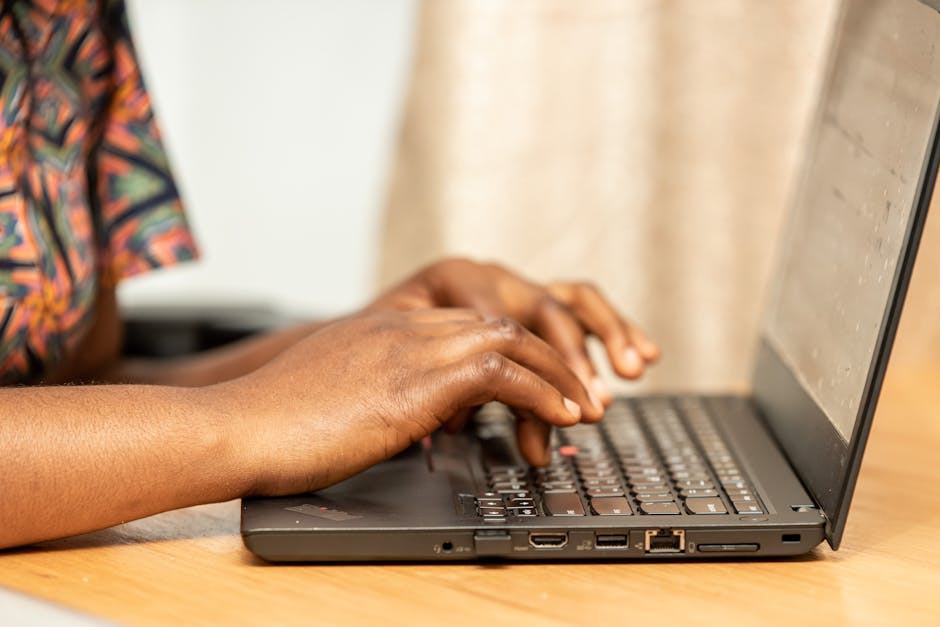So you’re staring at two boxes, or two options on a screen. One says windows 10 Home. The other says Windows 10 Pro. They both say Windows 10, so how different can they be, really? It’s 2025 and even with Windows 11 out there, a ton of machines are still running good old Windows 10. It is a stable system that many people just don’t want to leave.
The choice between Home and Pro seems small. But it sort of depends on who you are and what you do with your computer. For most people, it’s a decision that doesn’t matter much. But for some, picking the wrong one could be a real headache later on. This whole thing is about breaking down the real, actual differences without a lot of confusing tech talk.
What’s the Deal with Windows 10 Home? The Everyday User’s Choice
Windows 10 Home is basically the default. It’s the standard version of Windows 10.
If you buy a laptop from a regular store, it will almost certainly have Home on it.
This version is built for the general public. We’re talking students, families, people who browse the web.
It has all the core features you’d expect from Windows. You get the Start Menu, the Microsoft Edge browser.
You also get Cortana, the voice assistant, and Windows Hello for logging in with your face or fingerprint.
It’s made for doing regular computer stuff. Writing documents, watching movies, playing games, and posting online.
It does everything a normal person needs a computer to do. No more, no less. It’s considered to be the baseline experience.
For security, it has the standard Windows Defender Antivirus, a firewall, and other protections. It’s perfectly fine for home use.
Stepping Up to Windows 10 Pro: More Than Just a Name
Windows 10 Pro is the next level up. It has everything that Home has, plus a bunch of extra features.
These extra features are mostly aimed at small businesses, professionals, and people who are really into technology.
If you just use your computer for email and Netflix, you won’t ever notice these tools are missing from Home.
But if you work from home, manage a small office, or are a developer, these additions are pretty important. They are the whole reason Pro exists.
The difference isn’t about speed or how well your games run. It’s about security, connectivity, and management tools.
Security Stuff That Actually Matters
This is probably the biggest reason people pick Pro over Home. The security tools are just better.
The main feature here is called BitLocker Device Encryption. It is a very powerful tool.
What BitLocker does is it scrambles all the data on your computer’s hard drive. It locks it all up.
If your laptop gets stolen, the thief can’t just pull out the hard drive and access your files. Without your password, the data is just junk.
For anyone with sensitive client information, financial records, or private documents on a portable device, this is a huge deal.
Pro also has something called Windows Information Protection, or WIP.
This helps businesses stop employees from accidentally leaking company data. It can tell the difference between personal and work files.
Business and Management Tools
This is the other half of the Pro package. These are tools for connecting to and managing computers in a work environment.
Remote Desktop is a big one. It lets you connect to and control your Pro machine from another computer, anywhere.
So you can be at home on a basic laptop and get full access to your powerful office desktop. Home can only be connected to, it can’t initiate the connection. A subtle but key difference.
Pro users also get access to Group Policy Management. This lets an IT admin control many computers at once.
They can block access to certain settings, force password rules, or stop users from installing certain software. It’s for office control.
Another feature is Assigned Access. This lets you lock a computer down to run only a single application.
You see this in stores with “kiosk” PCs that only show a product catalog. That’s normally what Assigned Access is for.
Then there’s Hyper-V, which lets you create and run virtual machines. Basically a computer inside your computer.
Developers and IT pros use this to test software on different operating systems without needing a separate physical machine.
The Nitty-Gritty: RAM and CPU Limits
This is a part most people will never have to worry about. But there is a technical difference.
Windows 10 Home has a limit on how much RAM, or memory, it can use. That limit is 128GB.
Now, 128GB of RAM is a massive amount. Your average computer has 8GB or 16GB. Gamers might have 32GB.
So the Home limit is not something a normal user will ever hit. It’s purely academic for most.
Windows 10 Pro, on the other hand, pushes that limit way up to 2TB of RAM. It’s a gigantic number.
You’d only need that much for intense scientific computing or running huge databases.
There’s also a difference in CPU support. Home supports one physical CPU socket.
Pro supports two physical CPU sockets. This is only for super high-end server-grade workstations with two processors on the motherboard.
So, Which One Should You Actually Get in 2025?
Making the choice is pretty simple when you break it down to what you actually do. Don’t pay for features you will never touch.
You should stick with Windows 10 Home if:
You mainly use your computer for web browsing, email, and streaming.
You are a student doing schoolwork and research.
You are a gamer. Pro offers no performance benefit for games.
You don’t have sensitive work files that need extra encryption.
You should consider Windows 10 Pro if:
You are a small business owner and need advanced security.
You work from home and need to connect to your office network using Remote Desktop.
You are a developer or IT professional who needs tools like Hyper-V.
You manage multiple computers in an office and need Group Policy tools.
You are just a tech enthusiast who wants every possible feature to play with.
The cost is also a factor. The Pro version typically costs more than the Home version when purchased separately. So if you don’t need the tools, it is money saved.
—
Frequently Asked Questions
1. Can I upgrade from Windows 10 Home to Pro?
Yes, you can. It’s actually very easy. You can do it directly through the Microsoft Store on your PC. You just have to pay the upgrade fee, and the system will download the extra components and switch you over. You don’t need to reinstall everything.
2. Does Windows 10 Pro run games faster than Home?
No, not really. For gaming performance, they are basically identical. The Pro features run in the background and don’t affect how games play. A game will get the same frames-per-second on either version, assuming the computer hardware is the same.
3. Is Windows 10 still supported in 2025?
Yes, Microsoft is still providing security updates for Windows 10, though the main support period has an end date. The company’s focus is on Windows 11 for new features, but they are keeping Windows 10 safe and secure for the millions of people still using it.
4. Do I really need BitLocker from Windows 10 Pro?
If you have a laptop that you travel with and it has personal financial data, client work, or anything you wouldn’t want a stranger to see, then yes BitLocker is a very good idea. For a desktop computer that never leaves your house, it is less of a concern but still good practice for privacy.
5. What is the single biggest reason to get Pro over Home?
For most people who make the jump, it’s a tie between two things: BitLocker for security and Remote Desktop for connectivity. These are the two features from Pro that a power user or a professional working from home is most likely to use regularly.
—
Key Takeaways
Home is for Home: Windows 10 Home has all the features a typical user needs for day-to-day tasks like browsing, school, and entertainment.
Pro is for Professionals: Windows 10 Pro adds a layer of security and management tools designed for small businesses and power users.
Security is a Big Deal: The main security advantage of Pro is BitLocker, which encrypts your entire drive to protect it from theft.
Connectivity is Key: Remote Desktop in Pro is the other major feature, allowing you to access your work PC from anywhere.
No Performance Change: Don’t upgrade to Pro thinking your computer will run faster or your games will be smoother. It won’t.
Cost Matters: Pro costs more. If you don’t need its specific tools, there is no reason to spend the extra money.


